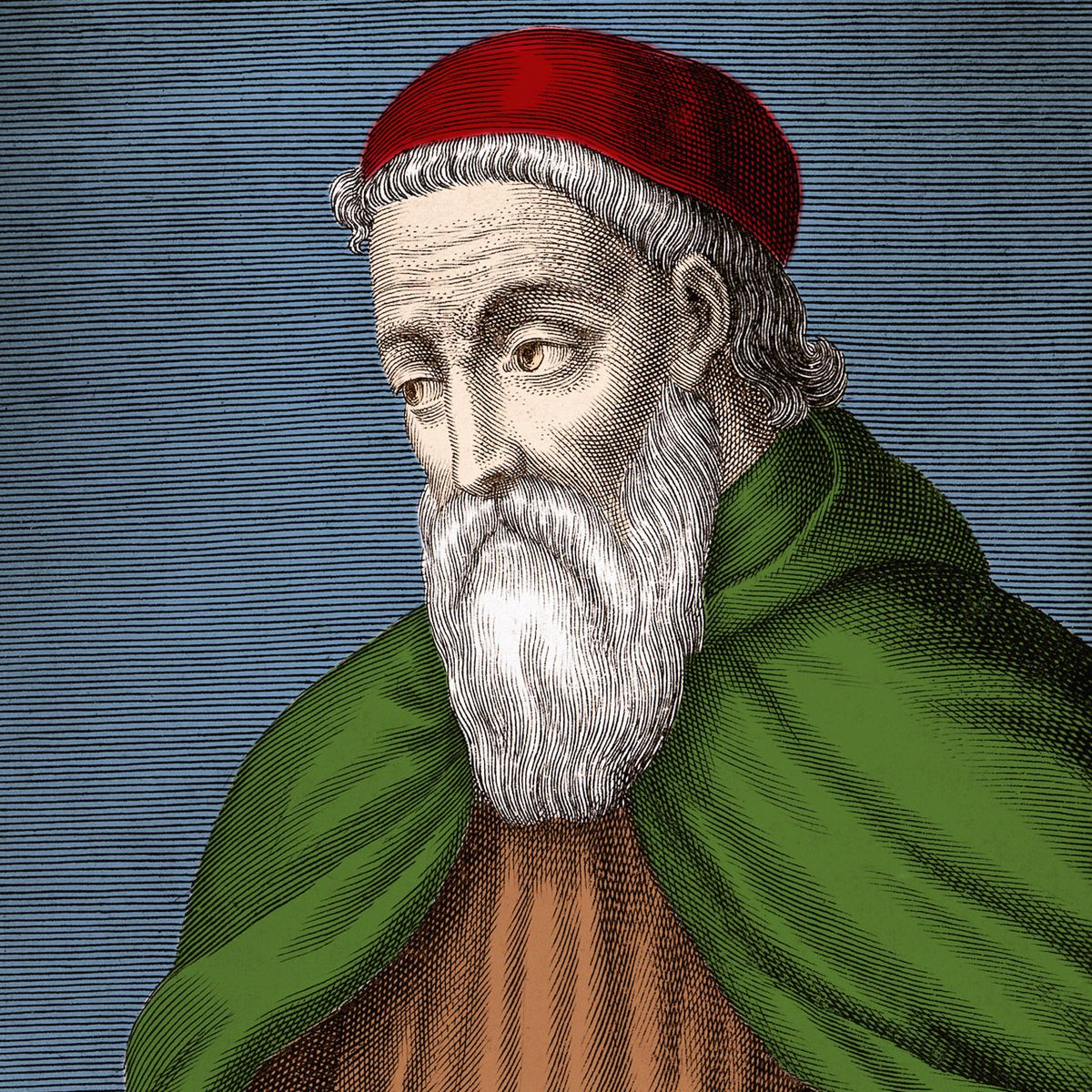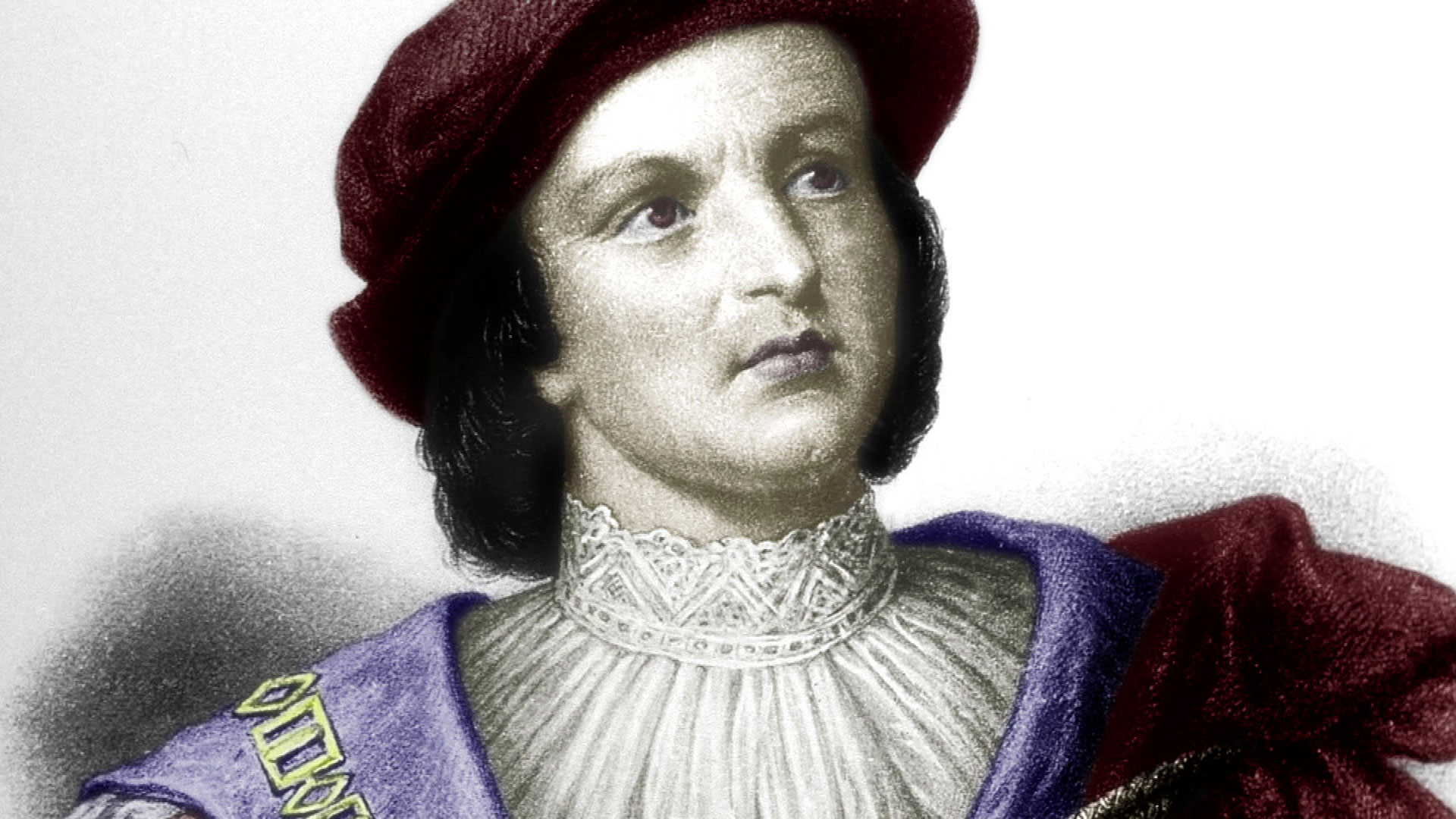Have you ever wondered why the continents of North and South America are named after a guy who didn't even discover them first? Well, buckle up, because we're diving deep into the life and legacy of Amerigo Vespucci, the Italian explorer whose name became synonymous with an entire hemisphere. While Christopher Columbus gets most of the credit, Vespucci's contributions to geography and exploration were groundbreaking in their own right.
Vespucci wasn't just some random dude who stumbled upon uncharted lands. He was a meticulous observer, a skilled navigator, and one of the first people to realize that the lands Columbus had "discovered" were actually part of an entirely new continent. This realization changed the course of history, and it's why his name is forever etched in the annals of geography. But how exactly did this happen? Let's find out!
Before we dive into the nitty-gritty details, let's set the stage. The late 15th and early 16th centuries were a time of great exploration, with European nations racing to uncover new trade routes, riches, and territories. Vespucci was right in the middle of it all, working for both Spain and Portugal. His voyages not only expanded Europe's knowledge of the New World but also laid the foundation for modern cartography.
- Taron Egerton Siblings Unveiling The Family Dynamics Of The Golden Globe Winner
- Dr Moumita Deb Nath The Rising Star In Medical Innovation
Table of Contents
- Biography of Amerigo Vespucci
- Early Life and Education
- The Voyages of Amerigo Vespucci
- First Voyage: Setting the Stage
- Second Voyage: The Big Discovery
- Third Voyage: Expanding the Map
- The Legacy of Amerigo Vespucci
- Why America Is Named After Amerigo
- Controversies Surrounding Vespucci
- Impact on Modern Geography
Biography of Amerigo Vespucci
Let's kick things off with a little background on our man Amerigo. Born in Florence, Italy, in 1454, Vespucci was part of a well-connected family. His uncle, a Dominican friar, played a key role in shaping his early education. But Vespucci wasn't your typical Renaissance scholar. He had a knack for business and a passion for exploration, which eventually led him to the seas.
By the late 1400s, Vespucci found himself in Spain, working as a merchant and later as a representative for the Medici family. It was here that he caught the exploration bug, and the rest, as they say, is history. Below is a quick glance at his personal details:
| Full Name | Amerigo Vespucci |
|---|---|
| Date of Birth | March 9, 1454 |
| Place of Birth | Florence, Italy |
| Occupation | Explorer, Navigator, Merchant |
| Known For | Helping to identify the Americas as a new continent |
Early Life and Education
Vespucci's early years were spent in the bustling city of Florence, where he received a solid education in the humanities and sciences. His uncle, Giorgio Antonio Vespucci, played a crucial role in nurturing his intellectual curiosity. But it wasn't all books and lectures for young Amerigo. He had a restless spirit, and the tales of distant lands and untold riches sparked a fire in him that would eventually lead him to the seas.
- Gunther Eagleman The Visionary Entrepreneur Redefining Success In The Modern World
- Sara Jo Pender Unveiling The Story Of A Remarkable Woman
After completing his studies, Vespucci moved to Spain, where he worked as a representative for the Medici family. This position gave him access to the inner workings of the Spanish court and introduced him to the world of exploration. It was during this time that he began to dream of venturing beyond the known world.
The Voyages of Amerigo Vespucci
Vespucci's voyages were nothing short of epic. Between 1499 and 1504, he embarked on at least four major expeditions, each one expanding Europe's understanding of the New World. But what exactly did he discover, and why were his findings so significant? Let's break it down.
First Voyage: Setting the Stage
In 1499, Vespucci set sail on his first voyage, which was funded by the Spanish crown. This trip took him along the northern coast of South America, where he observed the geography and interacted with indigenous peoples. While this voyage didn't lead to any groundbreaking discoveries, it laid the groundwork for his future expeditions.
Some key highlights from this journey include:
- Exploration of the northern coast of South America
- Documentation of indigenous cultures
- Collection of valuable trade goods
Second Voyage: The Big Discovery
It was during his second voyage, in 1501, that Vespucci made his most significant contribution to geography. While sailing for Portugal, he ventured deep into the southern regions of South America, where he realized that these lands were not part of Asia, as previously thought, but an entirely new continent. This revelation was a game-changer, and it's why his name is forever linked to the Americas.
Here are some of the key moments from this voyage:
- Exploration of the Brazilian coast
- Recognition of the new continent
- Documentation of the region's geography
Third Voyage: Expanding the Map
Vespucci's third voyage, in 1503, focused on further exploration of the South American coast. He mapped new territories, documented indigenous cultures, and collected valuable data that would later be used in European maps. This voyage solidified his reputation as a skilled navigator and a meticulous observer.
Some notable achievements from this trip include:
- Further exploration of the Brazilian coast
- Mapping of new territories
- Documentation of indigenous flora and fauna
The Legacy of Amerigo Vespucci
Vespucci's legacy is nothing short of remarkable. His contributions to geography and exploration helped shape the modern understanding of the world. But perhaps his greatest legacy is the fact that an entire hemisphere bears his name. In 1507, a German cartographer named Martin Waldseemüller published a map that labeled the new continent "America," in honor of Amerigo Vespucci.
But Vespucci's influence extends beyond naming rights. His meticulous observations and detailed descriptions of the New World laid the foundation for modern cartography. His work inspired generations of explorers and helped fuel the Age of Discovery.
Why America Is Named After Amerigo
So, why exactly is America named after Amerigo Vespucci? Well, it all comes down to a bit of cartographic history. In 1507, Waldseemüller published a world map that included the new continent, which he named "America" in Vespucci's honor. This name stuck, and it's why we refer to the continents of North and South America to this day.
Some historians argue that Vespucci didn't deserve this honor, as he wasn't the first to discover the Americas. But others point out that his contributions to geography and exploration were crucial in shaping Europe's understanding of the New World. Regardless of where you stand on the issue, there's no denying that Vespucci's name has become synonymous with an entire hemisphere.
Controversies Surrounding Vespucci
Like any historical figure, Vespucci wasn't without his controversies. Some historians question the authenticity of his claims, pointing out discrepancies in his accounts of his voyages. Others argue that he overstated his contributions to exploration, downplaying the roles of other explorers.
Despite these controversies, Vespucci's impact on geography and exploration cannot be denied. His meticulous observations and detailed descriptions of the New World helped shape Europe's understanding of the world, and his legacy continues to inspire explorers and geographers to this day.
Impact on Modern Geography
Vespucci's contributions to geography and exploration have had a lasting impact on the modern world. His meticulous observations and detailed descriptions of the New World laid the foundation for modern cartography. His work inspired generations of explorers and helped fuel the Age of Discovery.
Today, Vespucci's legacy lives on in the names of continents, cities, and even spacecraft. His contributions to geography and exploration remind us of the power of curiosity and the importance of pushing beyond the known world. As we continue to explore new frontiers, both on Earth and beyond, we owe a debt of gratitude to this intrepid explorer whose name has become synonymous with an entire hemisphere.
Conclusion
In conclusion, Amerigo Vespucci was more than just a guy with a cool name. He was a skilled navigator, a meticulous observer, and one of the first people to recognize the New World as a separate continent. His contributions to geography and exploration helped shape the modern understanding of the world, and his legacy continues to inspire explorers and geographers to this day.
So, the next time you look at a map and see the names "North America" and "South America," take a moment to remember the intrepid explorer whose name has become synonymous with an entire hemisphere. And if you're feeling adventurous, why not leave a comment or share this article with your friends? Who knows, maybe you'll inspire the next great explorer!
- How To Remove Wine Labels The Ultimate Guide For Wine Enthusiasts
- Nashville Guy With Brain Exposed The Shocking Story You Need To Know


